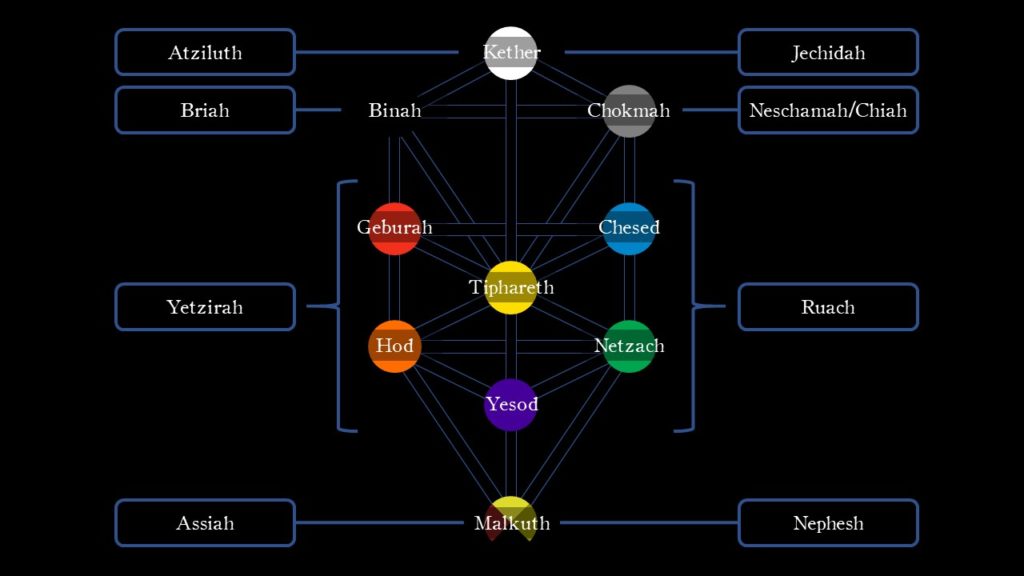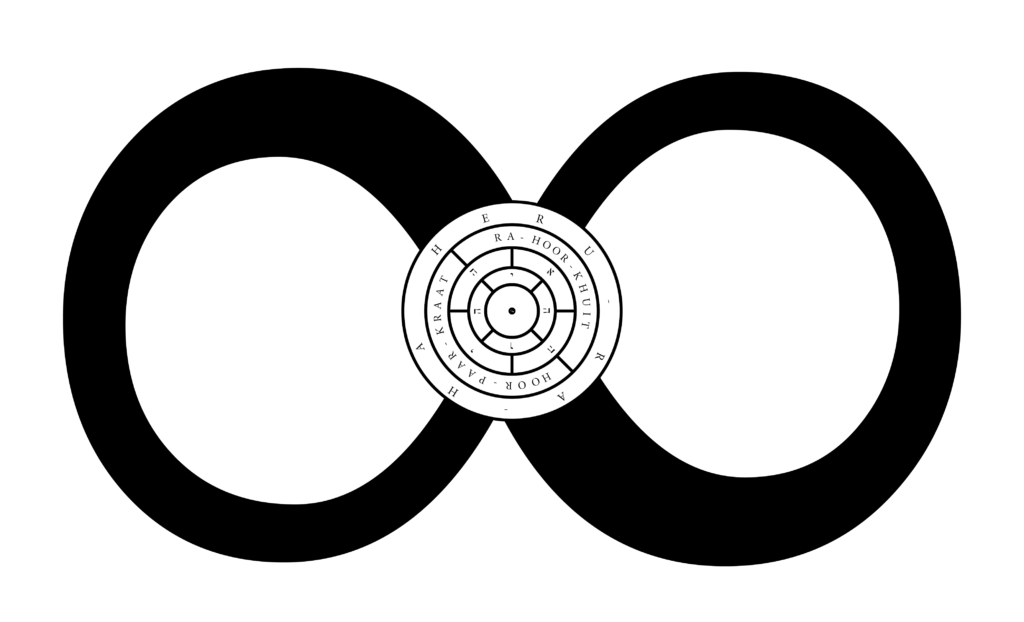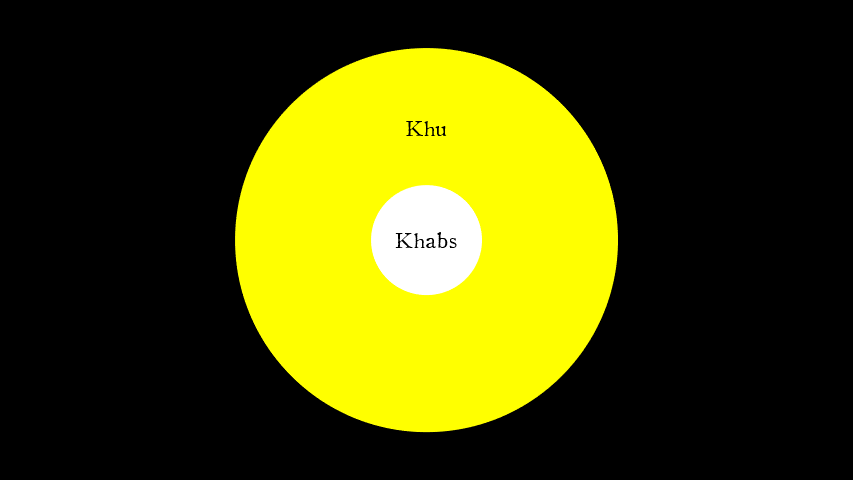Reflections on the Path in Eternity (Part 3)
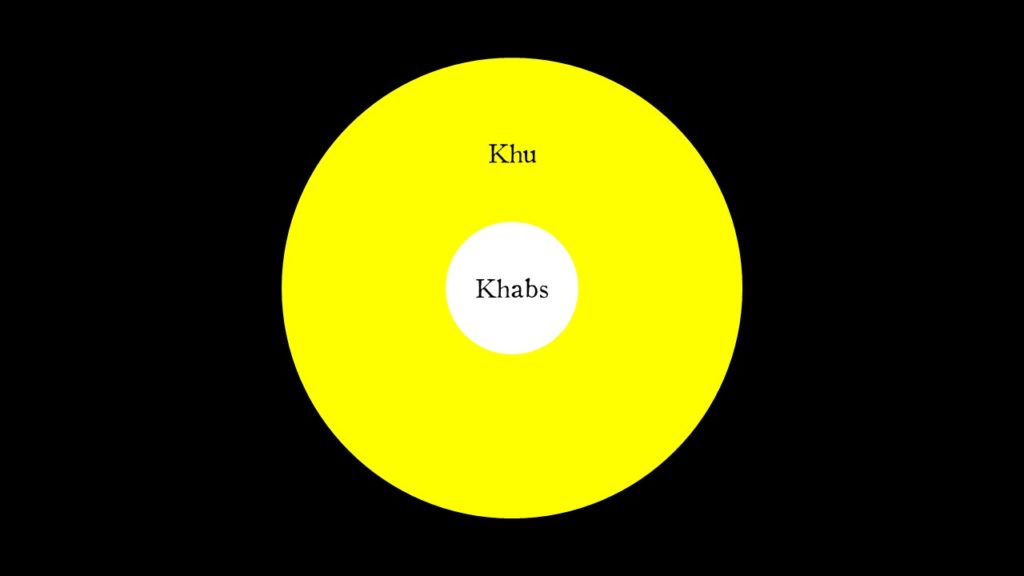
In the last post we saw that the star or soul of each individual is composed of two parts: the Khabs and the Khu. The Khabs is the manifestation of a distinct individual within the context of Nuit. The Khabs is the “house” of Hadit—your individual point of view—and as such it is the spiritual essence of who you are as an individual. We also saw that the Khabs is identical with the supernal triad on the Tree of Life, and as such it takes a triadic, reflective structure.
The Khu, on the other hand, is the “magical garment” of the star.
Khabs is the secret Light or L.V.X.; the Khu is the magical entity of a man […] This ‘star’ or ‘Inmost Light’ is the original, individual, eternal essence. The Khu is the magical garment which it weaves for itself, a ‘form’ for its Being Beyond Form, by use of which it can gain experience through self-consciousness
Old and New Comments on AL I.8
Each of us is Hadit, the core of our Khabs, our Star, one of the Company of Heaven; but this Khabs needs a Khu or Magical Image, in order to play its part in the Great Drama. This Khu, again, needs the proper costume, a suitable ‘body of flesh’, and this costume must be worthy of the Play.
New Comment on AL II.70
The Khabs represents the essence of who each of us is. It is possessed of the attributes of light, originality, individuality, and immortality. The Khu on the other hand is the mode by which the Khabs interacts with Nuit. If the Khabs is monistic (completely self-sufficient), the Khu is relational. It doesn’t exist without the interaction between the Khabs and Nuit.
And for that matter, the relationship between Khabs (or Hadit) and Nuit does not exist without the Khu. In other words, experience or embodiment of some kind is the necessary condition of the love “play” between Nuit and Hadit.
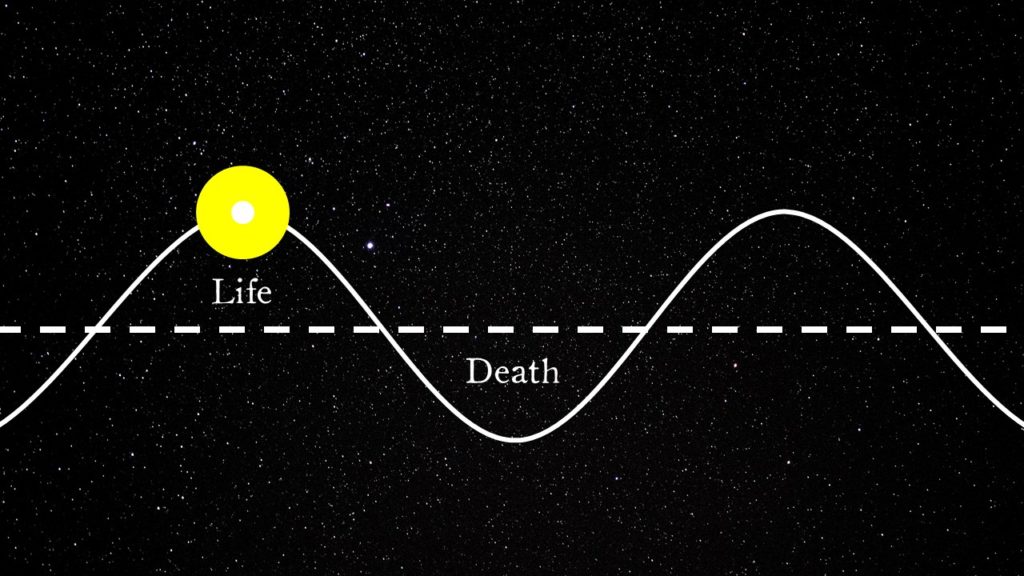
One answer to the question “Why do we incarnate?” is that incarnation (whether on this plane or some other) is a necessary precondition for Hadit’s going. In a subsequent post we can look at what some of the consequences of that are.
Unlike the Khabs of an individual which cannot be seen (arguably not even by the individual whose Khabs it is), since the Khu is relational, it is also manifest and can be seen either by the individual whose Khu it is or by others.
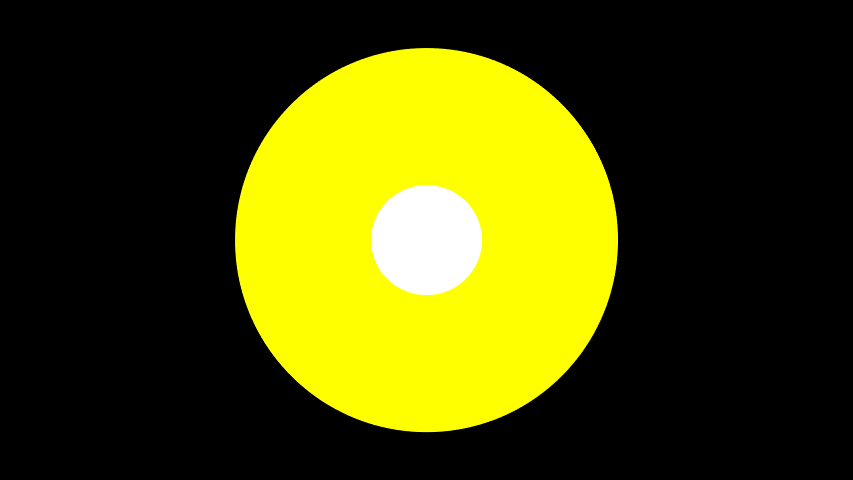
Also, since the Khu is a function of the interaction between the Khabs and Nuit, it is experiential and elastic. It grows and shrinks and changes in complexity in accordance with how much and what kind of experiences of Nuit one chooses to have.
“Every man and every woman is a star,” that is, an aggregate of such experiences, constantly changing with each fresh event, which affects him or her either consciously or subconsciously.
“Introduction” to the Book of the Law
the more complex the Khu of the Star, the greater the man, and the keener his sense of his need to achieve it.
New Comment on AL II.74

If the Khabs is the supernal triad on the Tree of Life, the Khu is composed of the subsequent seven sephiroth.
With each incarnation, the sephiroth below Binah are recreated anew, following the path of the Flaming Sword. At death, the lower sephiroth are jettisoned, and the essence of the Khabs is completely withdrawn back into the supernal triad.
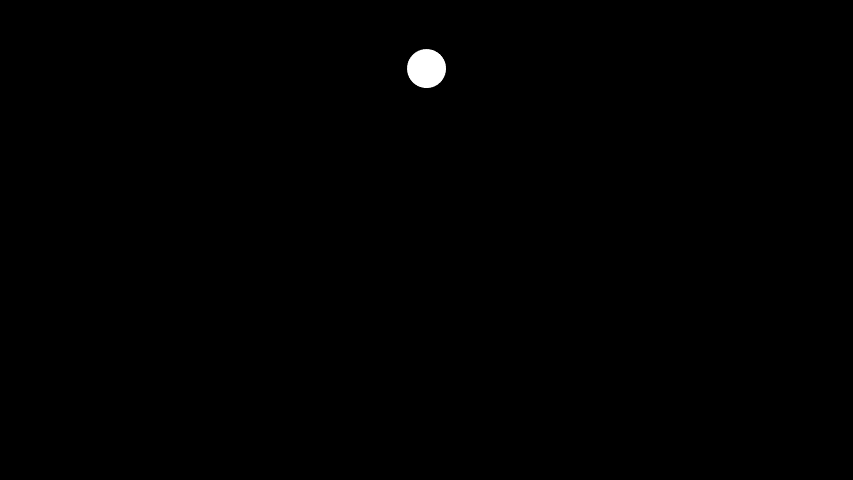
The exception to this is the individual who, through mystical and magical discipline, has opened and strengthened the pathways to their own Khabs.
[T]he Supernal Triad constitutes (or, rather, is an image of) the “eternal” Essence of a man [i.e., his Khabs]; that is, it is the positive expression of that ultimate “Point of View” which is and is not and neither is nor is not etc. Quite indestructible. Now when a man spends his life (a) building up and developing the six Sephiroth of the Ruach so that they cohere closely in proper balance and relation, (b) in forging, developing and maintaining a link of steel between this solid Ruach and that Triad, Death merely means the dropping off of the Nephesch (Malkuth) so that the man takes over his instrument of Mind (Ruach) with him to his next suitably chosen vehicle.Magick without Tears, chapter 38
Appear on the throne of Ra!
AL III.37
Open the ways of the Khu!
Lighten the ways of the Ka!
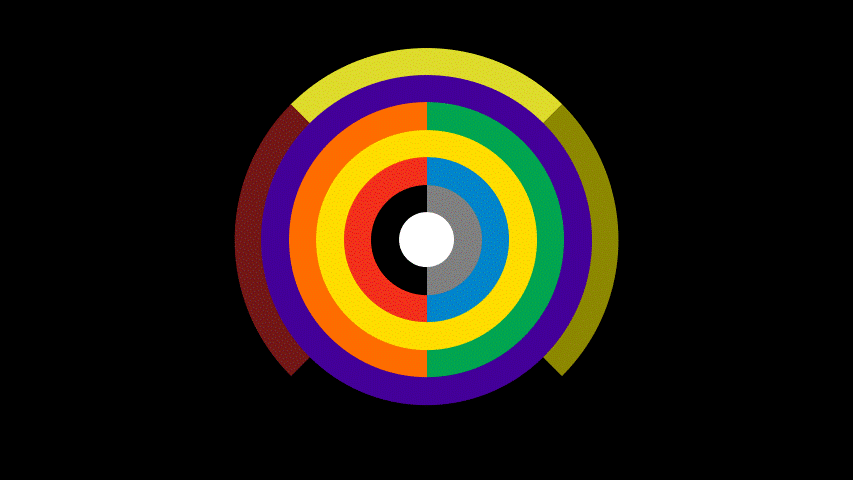
This is how the magical memory of a star can be built up over a series of incarnations.
This doctrine seems to imply that wisdom is not just passed down through the historical record but can also accumulate in certain stars on the Akashic plane.
Every star is already irreducibly individual and therefore unequal with any other star. But additionally it is also possible certain stars are “great beings” who, for reasons of having built up a magical memory over time, are possessed of extraordinary wisdom.
[C]ertain vast “stars” (or aggregates of experience) may be described as Gods. One of these is in charge of the destinies of this planet for periods of 2,000 years.“Introduction” to the Book of the Law
It’s possible Crowley understood this as the mechanism by which “Secret Chiefs” are created.
It would explain why he used names such as “Aiwass” and “V.V.V.V.V.” both as aspects of himself and as names of separate individuals. “Aleister Crowley” was merely the latest expression or mode (Khu) of an essence (Khabs) of which Aiwass and V.V.V.V.V. were others.
Crowley elaborates on metempsychosis in Liber Aleph, “De Adeptis R. C. Escatologia,” which should be studied closely by initiates of the III° of Mysteria Mystica Maxima.
But it is this continual extension and withdrawal of the Khu—and hence the relations of the Khabs with Nuit—which is visually depicted again and again in the movie.



